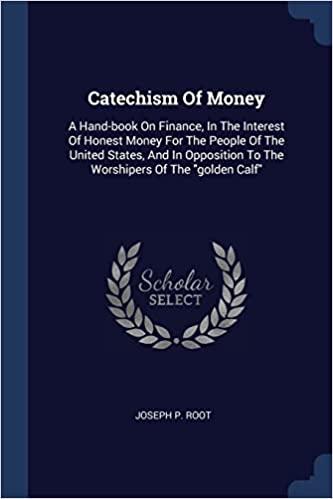Question
The following were the closing year-end prices of the Japanese stock market index, the Nikkei-225: Year N-225 Year N-225 Year N-225 1984 11,474 1993 17,417
The following were the closing year-end prices of the Japanese stock market index, the Nikkei-225:
| Year | N-225 | Year | N-225 | Year | N-225 |
| 1984 | 11,474 | 1993 | 17,417 | 2002 | 8,579 |
| 1985 | 13,011 | 1994 | 19,723 | 2003 | 10,667 |
| 1986 | 18,821 | 1995 | 19,868 | 2004 | 11,489 |
| 1987 | 22,957 | 1996 | 19,361 | 2005 | 16,111 |
| 1988 | 29,698 | 1997 | 15,259 | 2006 | 17,225 |
| 1989 | 38,916 | 1998 | 13,842 | 2007 | 15,308 |
| 1990 | 24,120 | 1999 | 18,934 | 2008 | 8,860 |
| 1991 | 22,984 | 2000 | 13,786 | 2009 | 10,546 |
| 1992 | 16,925 | 2001 | 10,335 | 2010 | 10,229 |
Assume that each historical rate of return was exactly one representative scenario (independent sample draw) that you can use to estimate the future. If a Japanese investor had purchased a mutual fund that imitated the Nikkei-225, what would her annual rates of return, compounded rate of return (from the end of 1984 to the end of 2010), average rate of return, and risk have been?
Step by Step Solution
There are 3 Steps involved in it
Step: 1

Get Instant Access to Expert-Tailored Solutions
See step-by-step solutions with expert insights and AI powered tools for academic success
Step: 2

Step: 3

Ace Your Homework with AI
Get the answers you need in no time with our AI-driven, step-by-step assistance
Get Started


